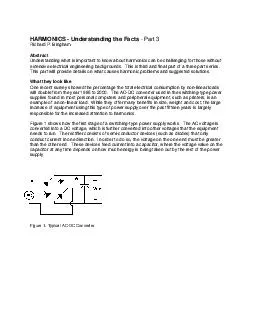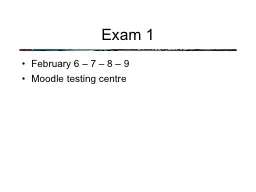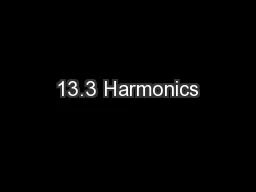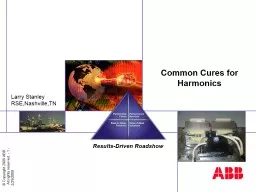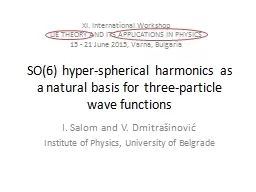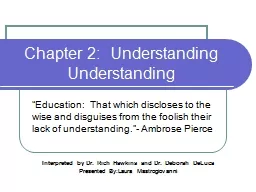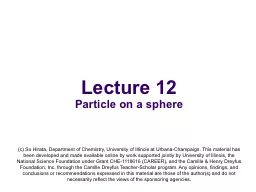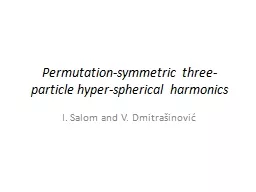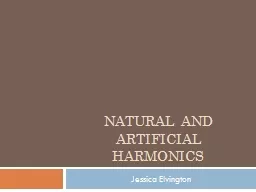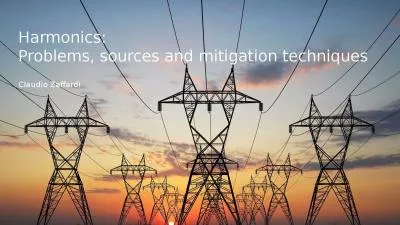PDF-HARMONICS Understanding the Facts Part Richard P
Author : pamella-moone | Published Date : 2014-12-27
Bingham Abstract Understanding what is important to know about harmonics can be challenging for those without extensive electrical engineering backgrounds This is
Presentation Embed Code
Download Presentation
Download Presentation The PPT/PDF document "HARMONICS Understanding the Facts Part..." is the property of its rightful owner. Permission is granted to download and print the materials on this website for personal, non-commercial use only, and to display it on your personal computer provided you do not modify the materials and that you retain all copyright notices contained in the materials. By downloading content from our website, you accept the terms of this agreement.
HARMONICS Understanding the Facts Part Richard P: Transcript
Download Rules Of Document
"HARMONICS Understanding the Facts Part Richard P"The content belongs to its owner. You may download and print it for personal use, without modification, and keep all copyright notices. By downloading, you agree to these terms.
Related Documents

